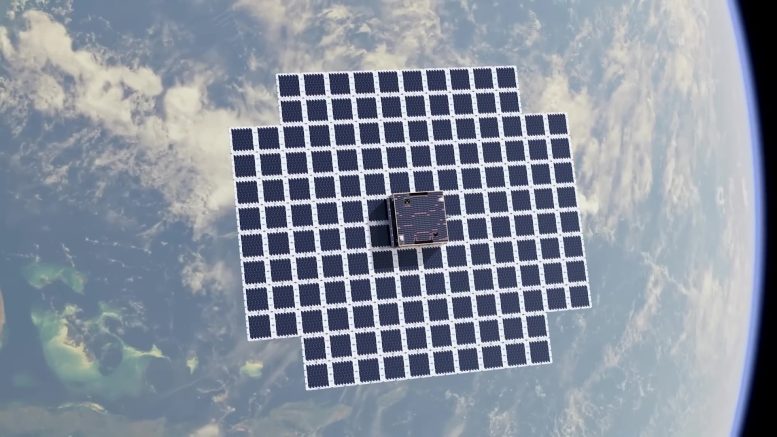This article was originally published on 38North
North Korea’s attempts to block foreign information from the country could soon face their most significant challenge to date. After years of combating the smuggling in of information via USBs, SD cards and other portable data delivery devices, as well as jamming of radio and satellite signals throughout the country, a new type of telecommunications satellite may offer a way to break through the information blockade.
This new type of satellite, expected to enter service in 2024, can communicate directly with smartphones, including two-way text messages, calls and eventually Internet access from anywhere without the need for a special handset or a satellite dish. All that is required is an account with a carrier that has partnered with the satellite service and a clear view of the sky.
While its main purpose is to provide supplemental coverage to existing cellular networks in rural and remote areas, it could potentially be one of the biggest advances in information access in decades.
Satellite technology has long been considered a way to get information into authoritarian countries and bypass state censorship, but the intense monitoring and control in North Korea makes it highly unlikely that citizens could get away with hiding a satellite dish. Furthermore, existing satellite phones are bulky, data transfers are slow and the costs of both terminals and service are high. They also transmit on dedicated satellite frequencies that make them easier to detect and jam.
At present, illicit information and content transfer occurs along the country’s northern border with China, either by physical USB stick or memory card, or via Chinese smartphones and cellular signals that spill over the border. Both methods are risky and North Korean authorities actively hunt out those involved.
These new telecommunications satellites offer a way to freely communicate from anywhere in North Korea—not just the northern border areas—making it more difficult for the North Korean regime to monitor information related activities around the country. But while the technology itself is the most expensive and a difficult part of making such communications possible, it is only one part of the equation.
The Technology
The new type of satellite can work with existing smartphones because it broadcasts a conventional cellular signal, making it essentially a cell tower in space. Existing satellite phones use a proprietary protocol and different frequencies dedicated to satellite use.
One such satellite, the Blue Walker 3, is already in orbit. It was launched in September 2022 by Texas-based AST Space Mobile. It can provide 4G LTE and 5G cellular signals from a 64-square meter antenna that unfolds once the satellite reaches orbit.
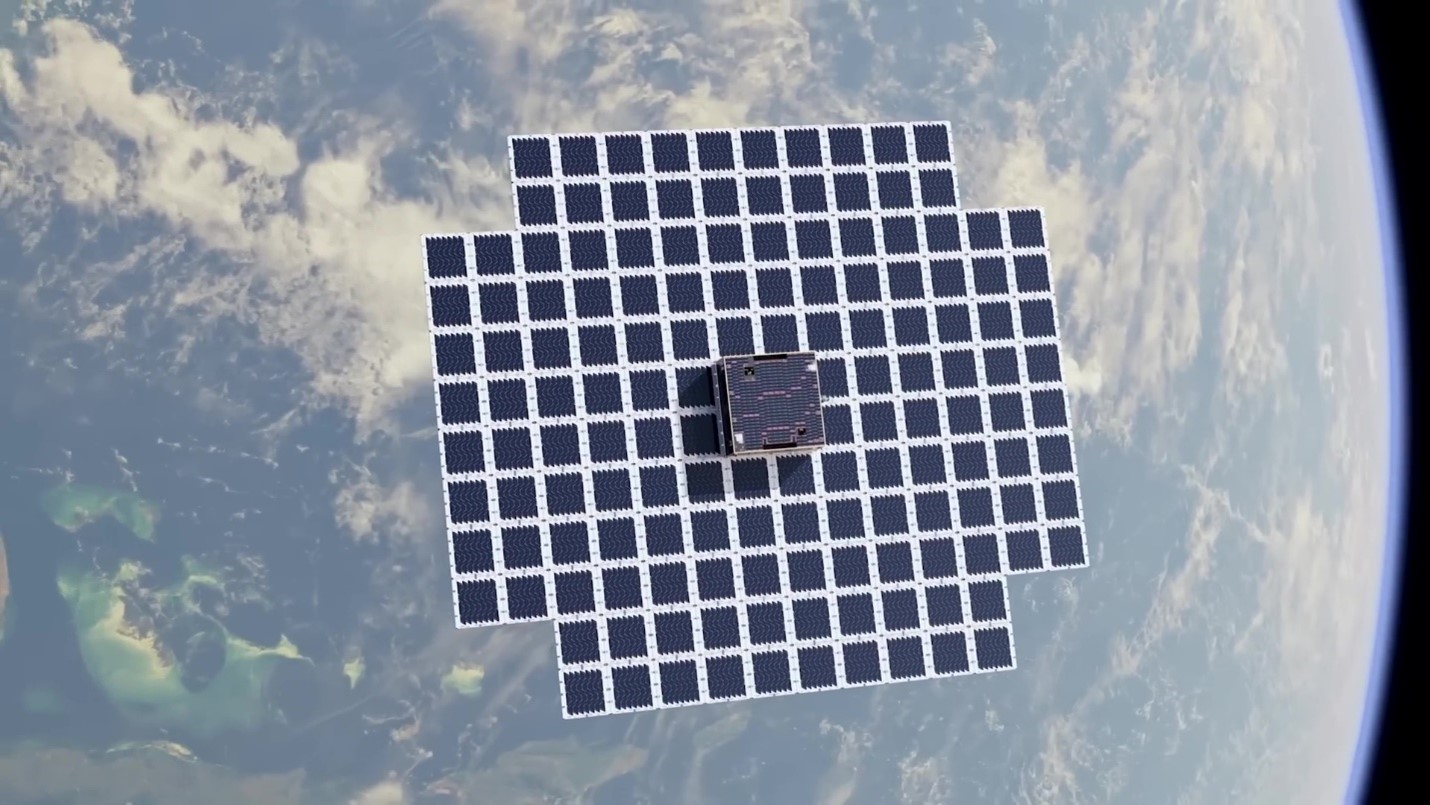
Earlier this year, AST SpaceMobile 4G LTE connectivity at 10M bps from space. In early September, engineers a 5G satellite video call from an unmodified Samsung S22 smartphone in a cellular blackspot in Maui, Hawaii, to a phone in Madrid, Spain. The company it also achieved a 14 Mbps satellite data connection, which is significantly faster than current satellite phone systems.
AST SpaceMobile already has agreements with 40 mobile carriers around the world and plans to launch its first five commercial satellites in early 2024 and a commercial service later that year.
California-based Space X is planning to bring smartphone calling to its Starlink satellites next year as well. The planned direct-to-phone satellite service will deliver a 4G LTE signal for text messaging in 2024 and for voice and data communications in 2025. It has yet to demonstrate its service.
The Coverage
While the planned satellite constellations are technically capable of delivering a signal to anywhere on the planet, there are still limits to how it can be accessed. Legal and commercial concerns will still apply, meaning the potential may not be realized in a country like North Korea.
First, users will need a smartphone with a SIM card from a partner carrier. For North Korea, the security measures on North Korean phones mean foreign SIM cards and apps will not work on them, so a compatible phone would still have to be smuggled into the country. This is common practice even for getting Chinese smartphones that can currently be used near the border, so is not an insurmountable issue.
The much bigger issue is the legal one.
Regulations of the 4G and 5G cellular signals used by the satellites are handled on a country-by-country basis, so AST Space Mobile and SpaceX need to work with national partners to gain permission to provide service.
This can be seen with the current plan for Starlink Internet service in South Korea and other nations. Coverage is usually only switched on for cells that are completely inside a national border, leaving border areas, where cells straddle two countries, unserved.
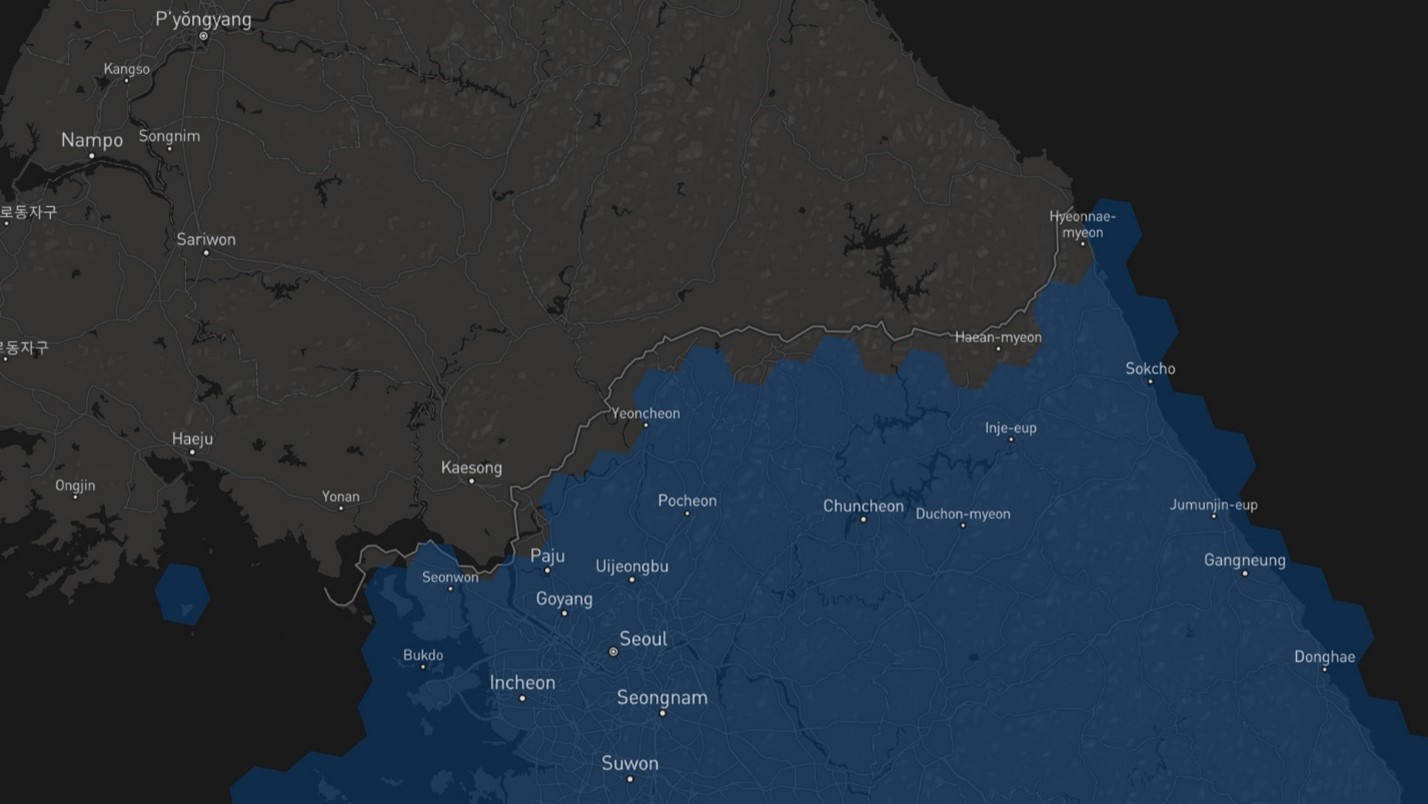
It is unclear exactly how these geographical restrictions will be managed. Space X some international use will be possible, but only in countries where it has partners. It appears that once the company gains permission to operate in one country through a partner, it will make service available to all users visiting that country. At this time, it seems impossible to imagine that either of North Korea’s two cellular networks would ever sign up for this service.
How the service will be disabled in other countries is unclear, but it could be tied into the GPS location of the phone, or the satellites could refuse access when overflying unlicensed countries.
AST SpaceMobile has not disclosed details about planned service and via email to comment on its plans.[1]
Sanctions
In the case of North Korea, the complex web of US and international sanctions also makes it unlikely a satellite communications company would want to deal with the risk of servicing North Korea.
However, the possibility should not be fully ruled out.
In early 2022, Starlink quickly turned on service in Ukraine after the government requested the satellite Internet service following the Russian invasion. That situation is different because Ukraine was not under sanctions and the Ukrainian government’s request came with the understanding that licensing was not an issue. The terminals and service were offered through a mixture of donations by Space X and funding from international aid organizations and governments.
The North Korean government is unlikely to make a similar request, but it is possible that service could be made available quietly, perhaps as part of a humanitarian or information freedom campaign.
Both services have a high potential for eventually opening new information pathways into North Korea, especially though uncensored Internet access, if and when these legal and logistical challenges can be sorted out.
China’s Service
One additional service that shows promise is China’s first direct-to-phone commercial satellite service, launched in September this year by China Telecom. It uses China’s Tiantong-1 (天通一号) satellite system and is a bit more like a conventional satellite phone in that it requires support to be built into a phone. That means it will not work on existing smartphones, but a handset to offer the service was recently launched.
The Huawei Mate 60 Pro smartphone, launched in September, is the first phone to support this new service and China Telecom is selling service for between 200 yuan and 500 yuan ($27 to $68 USD) per month for between 50 minutes and 200 minutes of calls respectively.
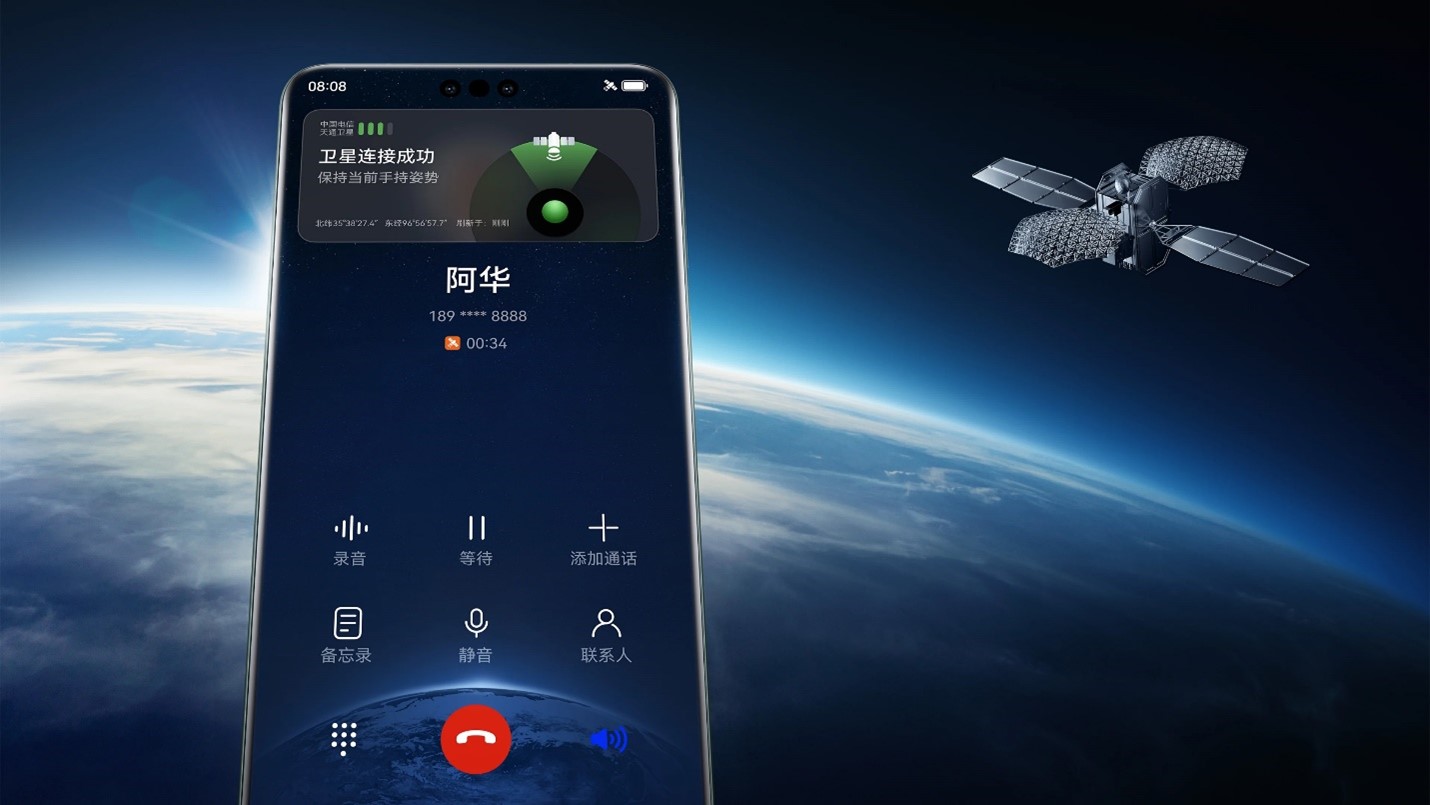
The Chinese system is not global, but the satellite covers neighboring countries including North Korea, according to this coverage map. It is unclear if there are geographical restrictions on its use.
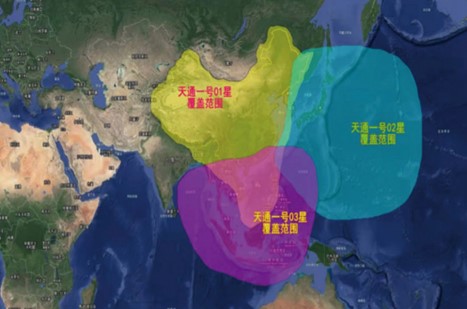
It also appears to be restricted to voice and text messaging, making it slightly less useful than the other new services promise to be, but when dealing with such heavy restrictions as those placed on North Koreans, any step forward is welcome.
Conclusion
Radio waves have long been a preferable way to break the North Korean information blockade as they travel silently across the border and cover the entire country. That’s one of the main reasons why shortwave radio broadcasting is still an effective way of providing citizens with outside information.
Satellite technology is one of the best ways to offer two-way communication and Internet access across the entire country, but existing services are expensive and slow. Launching a new satellite platform is far outside the budget of information freedom campaigns.
Therefore, the new platforms are attractive. They solve all of the expensive technical problems with delivering a high-speed Internet signal, but as commercial services their use will initially be hampered by regulations and laws. However, as they develop, the systems are certainly worth watching as they could provide one of the biggest leaps in information access for North Koreans in decades.
- [1]
Martyn Wiliams, email message to AST SpaceMobile, October 2023.

